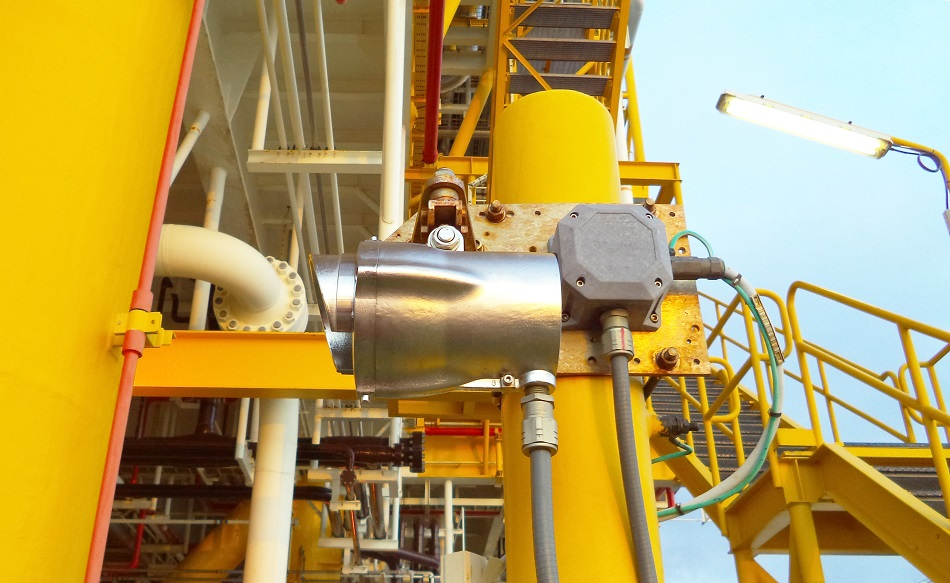
Image Credit: Mr.PK/Shutterstock.com
Sensors have been developed to detect gas so that workers and civilians can be kept safe from leakages and potential explosions. Many kinds of sensor have been created over the years, but, optical sensors are being favored in some scenarios because of the benefits they bring. IR detectors have been designed using infrared light have been established to sense the presence of various gases based on the detection of modulated light. As the transmission of light becomes interrupted an alarm is triggered, providing a reliable warning system.
The Necessity of Reliable Gas Detection Methods
There are currently a variety of sensors that use optical techniques to alert the presence of gas available on the commercial market. These sensors are being used within numerous applications, from remote monitoring, the real-time visualization of gases at a certain site, to the generation of distribution maps in 2D and 3D. What these applications have in common is the shared aim of monitoring the levels of hazardous gas in the air, often to protect workers who handle these substances as part of their job role, which may be in the sectors of energy, construction, food and beverage, medical, mining or others.
The development of these sensors is still ongoing, as little as three decades ago canaries were still being used to warn miners of unsafe levels of gases in the mines. Since then the technology has made huge strides in supporting safety through reliable gas detection.
Infrared and the Detection of Methane
Optical sensors are being favored particularly in the field of methane detection, which has its uses in a myriad of applications. Being the main component of natural gas, used in the generation of non-renewable power, the detection of this substance is often relied upon to monitor leakages in natural gas infrastructure. Natural gas is highly flammable and contributes to greenhouse gas emissions, making it essential that leaks are caught and fixed promptly.
While there are several kinds of sensors on the market that can do this job, including flame ionized detectors (FIDs), catalytic sensors, semiconductor sensors, and electrochemical sensors, optical infrared sensors are rapidly becoming the best way to monitor this kind of gas.
Industries such as energy (natural gas extraction), transportation and construction (which may disturb natural gas infrastructure) have looked to these sensors for their numerous benefits.
Why Infrared is a Preferred Method of Methane Detection
Infrared has become the preferred method of detecting methane because of the advantages it has over similar methods. For instance, infrared sensors will sound the alarm at the time when the light reception is obscured, this creates a fail-safe system for detecting leakages in comparison to other systems which cannot reliably detect small concentrations of the gas.
In addition to this, with light sensors there is no need for interaction with the methane to allow it to detect the gas, the interaction is limited to the light beam itself. This results in the detector enjoying a long lifespan free from damage.
Infrared Means a More Reliable Sensor
In infrared gas sensors, there is usually a source of infrared light, accompanied by a sample chamber for testing the air present in the environment, plus a light filter and an infrared detector. All very simple components needed for the sensor to function. The light is directed through the sampling chamber towards the detector, any methane gas present in the chamber absorbs some the light at specific wavelengths, allowing the sensor to sound the alarm in the instance that this happens.
This allows infrared sensors to be more specific than the alternative methods, which has led to it being the preferred sensor for these gas detection scenarios. The bottom line is that this form of the optical sensor provides more sensitive and reliable detection of methane and natural gas. Ultimately, this ensures the safety of people and workers with greater certainty.
Sources and Further Reading
Disclaimer: The views expressed here are those of the author expressed in their private capacity and do not necessarily represent the views of AZoM.com Limited T/A AZoNetwork the owner and operator of this website. This disclaimer forms part of the Terms and conditions of use of this website.